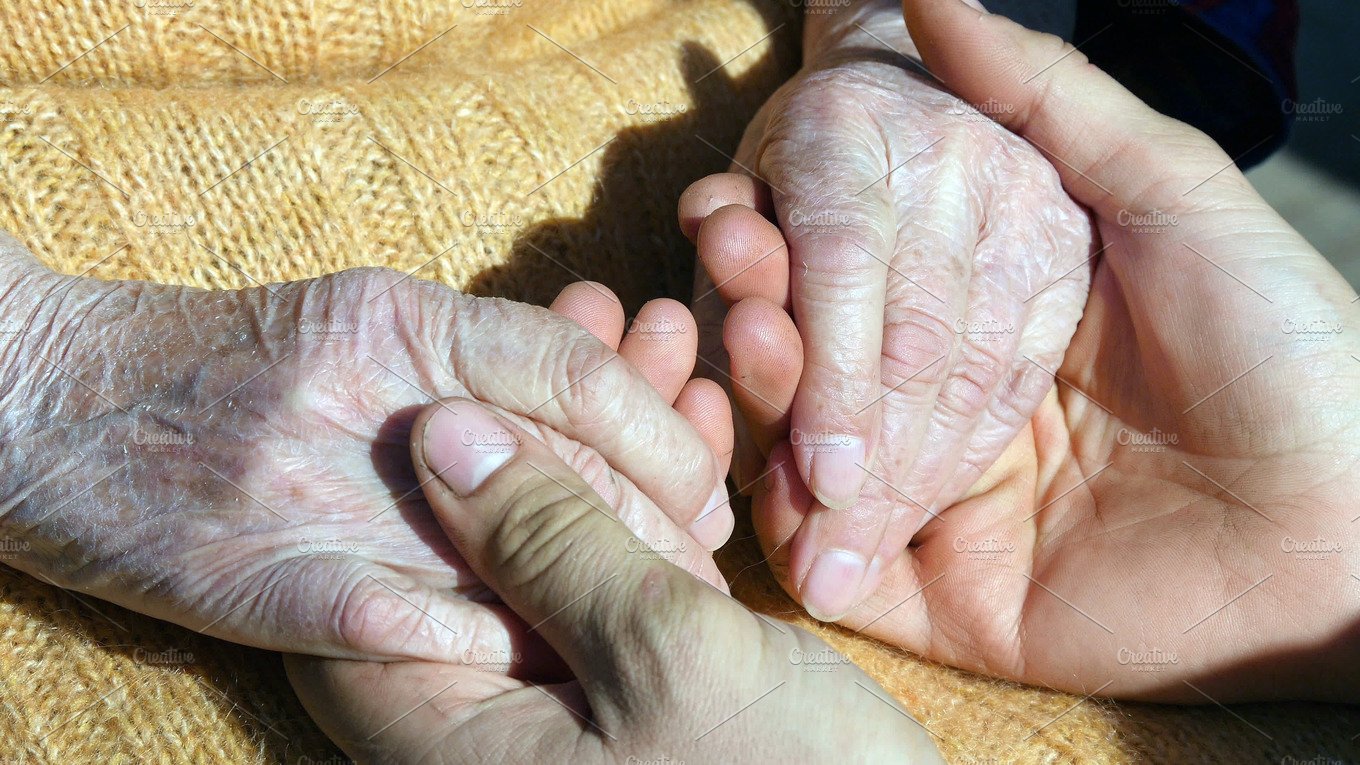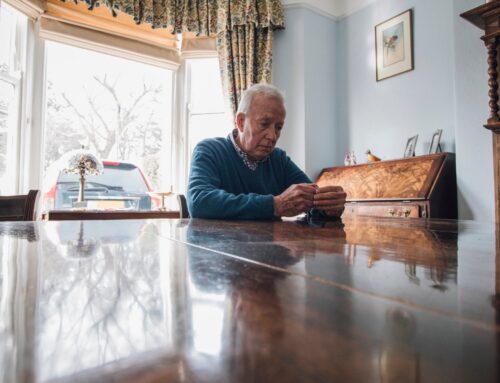Some patients diagnosed with terminal illnesses or chronic progressive diseases find the prospect of a long decline, great suffering or significant deterioration to be intolerable.
For those with the desire to hasten their own death, one option is to refuse to swallow food or sip liquids according to a story on NextAvenue.org.
The practice, known as “voluntarily stopping eating and drinking,” or VSED, typically results in death within 10 days to two weeks.
“People have been dying this way since time began. It’s a natural way of dying, but people should know they can’t do this by themselves. They need to be attended by those who are knowledgeable about symptom management who can help them have the least bad death possible,” said Judith Schwarz, the clinical director of End of Life Choices New York.
A registered nurse with a Ph.D., Schwarz has written and lectured widely on the practice and advised hundreds of people who have chosen and followed through with the VSED option.
Now she has collaborated with a palliative care doctor, a bioethicist and a law professor specializing in end-of-life issues to co-edit a comprehensive, first-of-its-kind book on the subject.
Published this month by Oxford University Press, “Voluntarily Stopping Eating and Drinking, A Compassionate, Widely-Available Option for Hastening Death” takes a multi-disciplinary approach to explain both the practical complexities and ethical conundrums of the process to patients, their families and the medical clinicians who care for them.
Hastening death via VSED is not an impulsive decision. Schwarz describes the people she advises about how to die this way as “well informed and determined,” embarking on the process after securing aid from experienced guides.
“They understand that they need family and caregiver support, twenty-four/seven care at the end from people who understand why they made this decision,” she said. “They need access to palliative or hospice oversight. Medications must be available to the patient to aggressively treat symptoms of pain.”






